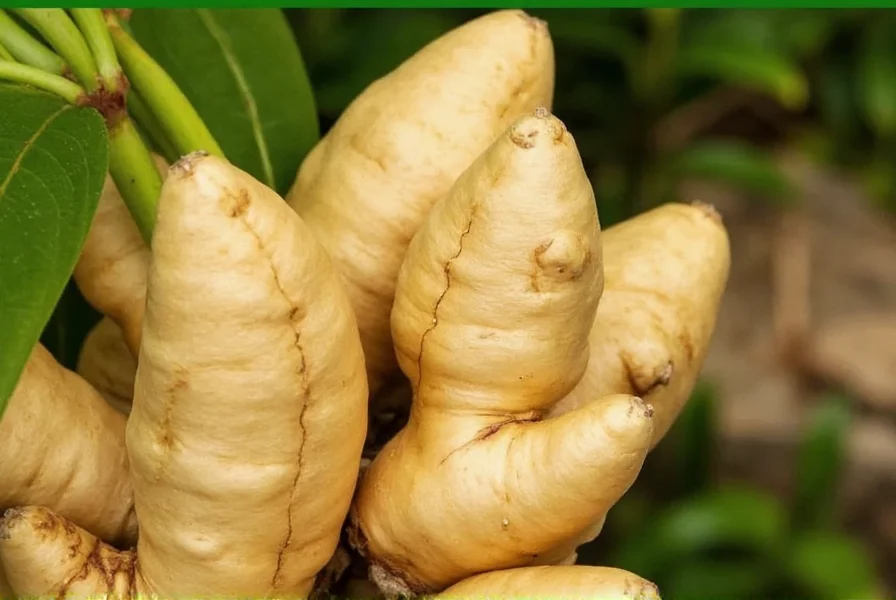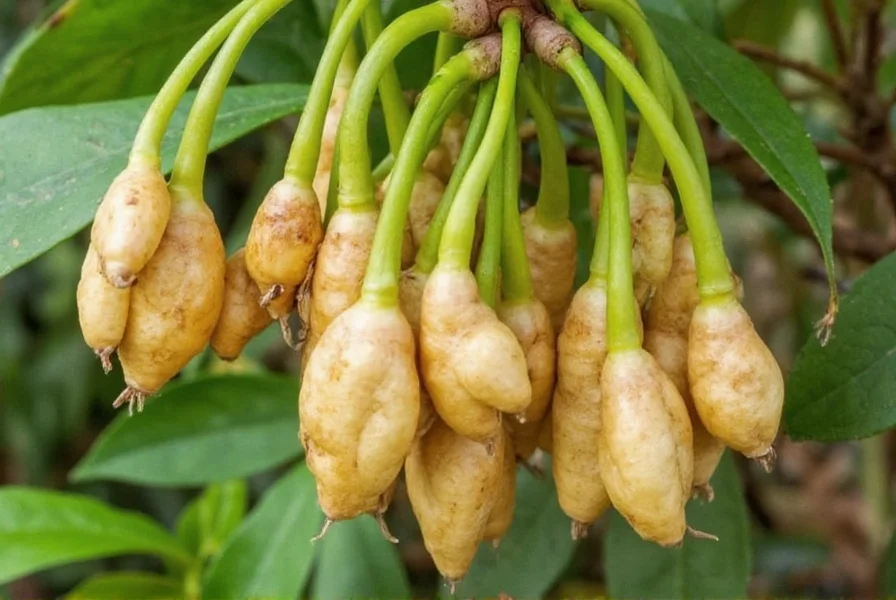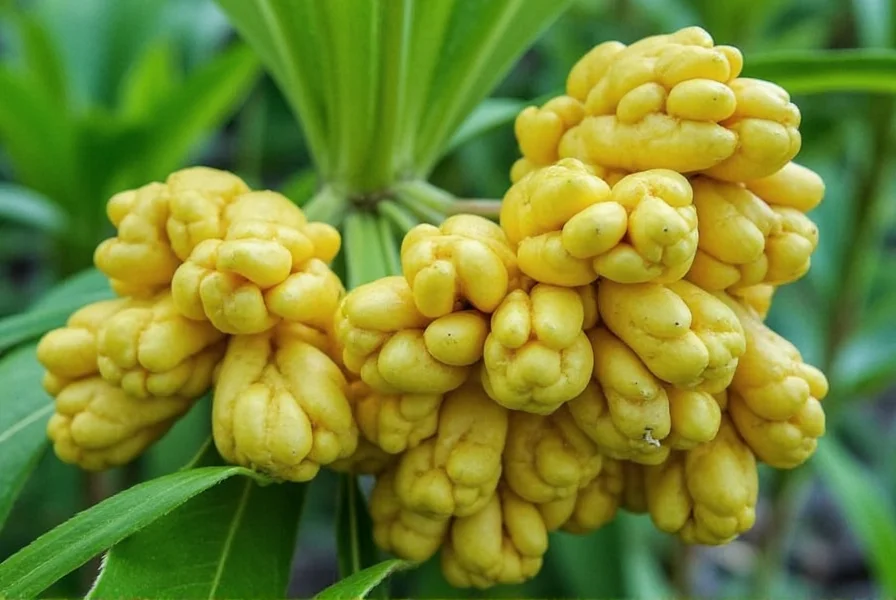Understanding Ginger Cultivation Basics
Growing ginger (Zingiber officinale) at home is a rewarding process that yields fresh, organic spice for culinary and medicinal use. This tropical perennial plant thrives in warm, humid conditions but can be cultivated in various climates with proper care. Whether you're an experienced gardener or a beginner, understanding the specific requirements for how to grow ginger root at home ensures successful harvests.
Selecting the Right Ginger Rhizome
The foundation of successful ginger cultivation begins with selecting quality planting material. Choose plump, firm ginger rhizomes with multiple 'eyes' or growth buds from your local market or nursery. Organic ginger often sprouts more readily than conventionally treated roots. Look for pieces approximately 1-2 inches long with visible buds for best results when growing ginger plants.

Optimal Planting Conditions for Ginger
Ginger requires specific environmental conditions to thrive. Understanding the best conditions for ginger plant growth significantly impacts your harvest:
| Factor | Optimal Condition | Notes |
|---|---|---|
| Soil Type | Well-draining, rich in organic matter | Mix potting soil with compost (3:1 ratio) |
| Light | Partial shade (2-5 hours of morning sun) | Avoid harsh afternoon sun which can scorch leaves |
| Temperature | 70-90°F (21-32°C) | Below 50°F growth stops; protect from frost |
| Humidity | 70-80% | Mist leaves regularly in dry climates |
Step-by-Step Ginger Planting Guide
Follow these steps for successful ginger cultivation:
- Prepare the rhizome: Soak ginger root in water overnight to encourage sprouting
- Cut into sections: Divide into 1-2 inch pieces with 2-3 eyes each
- Planting time: Start indoors 2-4 weeks before last frost or plant directly after soil warms to 70°F
- Planting depth: Place rhizomes 2-4 inches deep with eyes facing upward
- Spacing: Allow 8-12 inches between plants in rows 18-24 inches apart
- Initial watering: Water thoroughly after planting, then maintain consistent moisture
Essential Care Practices for Healthy Ginger Plants
Proper care throughout the growing season ensures robust ginger development. When learning how to grow ginger successfully, focus on these key maintenance practices:
Watering Requirements
Ginger needs consistently moist (not soggy) soil. Water when the top inch of soil feels dry, typically 1-2 times weekly. During dry periods, increase frequency but avoid waterlogging, which causes rhizome rot. Reduce watering as harvest approaches to allow rhizomes to mature properly.
Fertilization Strategy
Apply balanced organic fertilizer every 4-6 weeks during active growth. A 10-10-10 or similar formula works well. Alternatively, use compost tea or well-rotted manure for natural nutrient supplementation. Avoid high-nitrogen fertilizers which promote leaf growth at the expense of rhizome development.
Pest and Disease Management
Ginger generally resists most pests but watch for:
- Root knot nematodes: Rotate crops and use resistant varieties
- Leaf spot: Improve air circulation and avoid overhead watering
- Spider mites: Spray with insecticidal soap solution

Harvesting Your Ginger Crop
Knowing when to harvest ginger determines quality and flavor:
- Young ginger: Harvest at 4-6 months for tender, mild-flavored rhizomes with thin skin
- Mature ginger: Wait 8-10 months for fully developed, pungent rhizomes with thicker skin
- Signs of readiness: Yellowing leaves and drying stems indicate harvest time
To harvest, carefully dig around the plant base and lift the entire rhizome cluster. Brush off soil (don't wash) and allow to dry in a shaded, well-ventilated area for 2-3 days before storage.
Troubleshooting Common Ginger Growing Problems
Address these frequent issues when learning how to grow ginger at home successfully:
- No sprouting: Ensure rhizome eyes face upward and maintain warm temperatures
- Yellow leaves: Check for overwatering or nutrient deficiency
- Small rhizomes: Increase organic matter in soil and ensure adequate spacing
- Rotting roots: Improve drainage and reduce watering frequency
Storing and Using Your Homegrown Ginger
After harvesting, store ginger properly to maximize shelf life. Keep in a cool, dark place with high humidity, or refrigerate in a paper bag. For long-term storage, freeze peeled ginger or preserve in vinegar. Freshly harvested ginger typically retains peak quality for 2-3 weeks under proper storage conditions.











 浙公网安备
33010002000092号
浙公网安备
33010002000092号 浙B2-20120091-4
浙B2-20120091-4